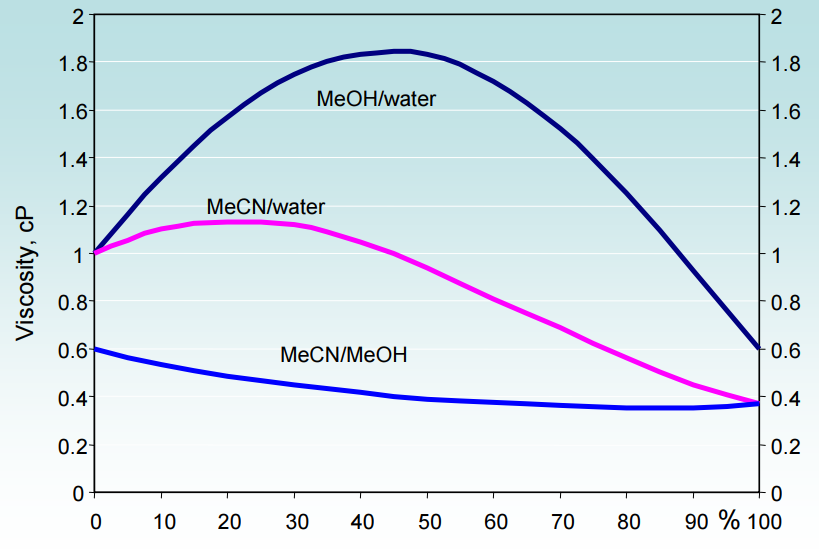
But there’s a point at which viscosity index improvers become too much of a good thing – and several lubricant manufacturers may have breached that point with their newly offered synthetics. In both types of oil the viscosity index improver allows the oil to function over a wide temperature range, and its side groups may increase fuel economy, provide dispersancy, improve cold startability or reduce oil consumption. Due to their inherently high viscosity index, synthetic oils require less than petroleum oils do. High quality motor oils contain about four to six percent viscosity index improvers. This is why multi-grade oils exist.Ī small volume of a high quality viscosity index-improver upgrades the functionality of motor oil. However, low index number oil, say 90, would be quite different if it would become very fluid and thin and pour easily at high temperatures much like honey if heated to a higher than room temperature. Oil with a high index number, say 160, would look and behave similarly at these two temperatures. The index number indicates the degree of change in viscosity of an oil within a given temperature range, currently 40-100☌. The extent that they change is indicated by their viscosity index (VI). The key is to select a fluid that is not too light and also not too heavy.įluids thicken as their temperatures decrease and thin as their temperatures increase (like candle wax). If you use too high, the fluid friction increases resulting in reduced energy efficiency, higher operating temperatures, and hard starting – particularly at cold temperatures. If you use too low a viscosity oil metal-to-metal contact occurs, poor sealing and increased oil consumption. The fact is, the use of high viscous fluids can be just as detrimental as using too light an oil. Knowing that a fluid’s viscosity is directly related to its ability to carry a load, one would think that the more viscous a fluid is, the better it can lubricate and protect. The fluid must be adequate enough to separate moving parts at operating temperatures of the equipment. The greater a fluid’s viscosity, the greater the loads that it can withstand. Viscosity is very important because it is directly related to a fluid’s load-carrying ability. Terms such as thick, heavy and high suggest the fluid demonstrates a strong resistance to flow in the example such as honey. Other ways to refer to a fluid’s viscosity in more common generic terms are thin, light and low and suggest that the fluid flows readily such as water. The term used to describe this is Apparent Viscosity and it is expressed in units known as centipoise (cP). However, significantly more energy is required to stir honey with that same spoon.

It takes little energy to stir water with a spoon. You can think of this as the energy required to move an object through the fluid. The analysis reveals that lower viscosity engine oils indicate favorable prospects in terms of enhanced fuel economy and reduced exhaust emissions due to engine oil.A fluid’s viscosity can also be indicated by measured resistance. In the results, higher fuel economy and lower CO 2, HC and NOx emissions were observed using lower viscosity engine oils compared to higher viscosity engine oils. Effects of viscosity on engine performance with respect to power, fuel economy and emissions were investigated by conducting fuel economy engine tests on a single cylinder Petter AV1 diesel engine. In the present study, low viscosity grade oils - SAE 0W-20, SAE 5W-30 and SAE 20W-40 as the baseline oil, were selected for assessing engine oil effects on fuel economy of diesel engines. In this context of developing fuel efficient engine oils, this study focuses on establishing the validity of an in-house short duration test protocol to differentiate engine oils from a fuel economy aspect and also attempts to relate reduced exhaust emissions. Low viscosity grade engine oils have demonstrated the potential to improve the fuel economy by reducing the friction and lowering the greenhouse gases. The Global Fuel Economy Initiative in 21 st session of COP21 to the UNFCCC aims to develop 50 percent more efficient automobiles by the year 2050.This initiative has enhanced interest in fuel economy improvements and emission reduction using novel engine-related technologies and fuel efficient engine oil.


 0 kommentar(er)
0 kommentar(er)
